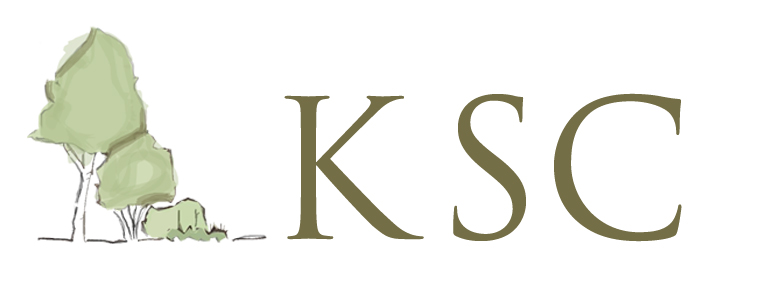Sharing my finds, with the hope that you will share yours as well.
If you find yourself staring up into tree canopies, awestruck, then this list is for you. I often wonder at their resilience, as I wonder about the force with which they can come crashing down. When a large tree that we might not think we notice falls down in a strong gust of wind, it so clearly and drastically alters the landscape. We feel a sadness and marvel at the degree of that change.
As a child, I climbed trees in my backyard, feeling how they moved in the wind as I moved with them. My friends and I used beech and blueberry leaves as currency in our games (the coveted product? mud donuts, of course). A giant weeping willow tree leaning over the lake served as home base for our daily tag/hide-and-seek game (always played at that golden evening hour of the day). We picked hundreds of small blueberries; our harvest barely filled one pie. We crawled through the understory of high bush blueberry, aronia, and bayberry: it was a different world under there. The trees were part of our games, of our sustenance, of our daily lives. And we didn't even know their names.
I've owned land for the first time in my life for almost a year now, and as I develop a landscape plan for the property, I know that I must first start with the trees. The sugar maple out front is in decline. The fifty or so hemlock in the backyard, planted for privacy along the property boundaries, soar fifty feet into the air. The woolly adelgid is getting to them. I will have to come to terms with what must go, what can stay, and what to plant that will create the next canopy, the next generation of trees that the next generation of people can stand at the base of, and wonder at.
Many experiences have helped me see the forest and the trees. As have many books.
I highly recommend Jill Jonnes' non-fiction work, Urban Forests: A Natural History of Trees and People in the Landscape. She tells a series of stories, packaged into chapters, about different themes related to urban trees. She shares the story of the chestnut blight that devastated street trees in the U.S., explores the use of trees as living memorials to people and events, and presents the role of urban trees in stormwater management. She shares exciting discoveries, such as that of the dawn redwood tree, while also walking us through somber events, such as the Oklahoma City bombing (and its witness tree). Jonnes weaves human history and science together beautifully.
I also recommend Peter Wohlleben's The Hidden Life of Trees: What They Feel, How They Communicate—Discoveries From a Secret World, a non-fiction work exploring the science behind tree growth and forest patterns. The book interprets recent scientific findings in a manner that is digestible (and enjoyably so).
If you are in need of a novel, The Overstory by Richard Powers, is formidable and unlike anything I've encountered before. I cannot describe it without spoiling it. You must read it.
If you are wondering if I've read Peter A. Thomas' Trees: Their Natural History, the answer is no, but you should know that it is on my reading list.
To round out this post, I'll share the work of former students, who produced this incredible report about trees and resiliency in a town just north of where I live.

